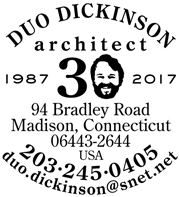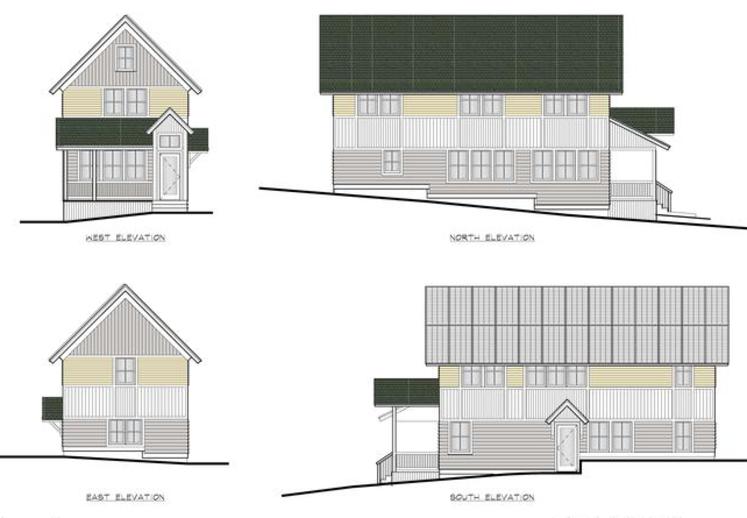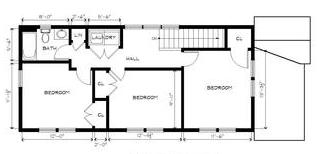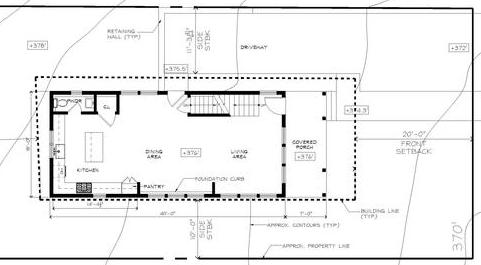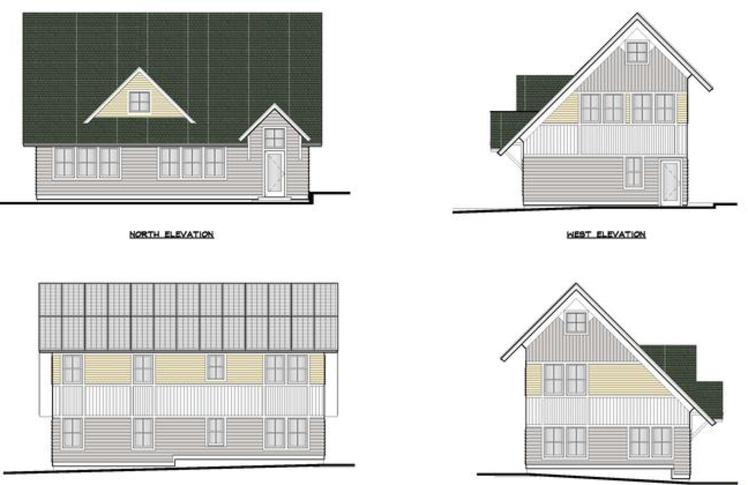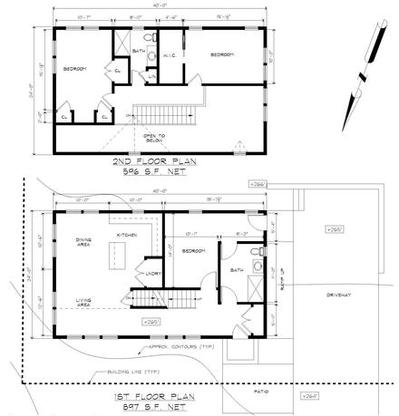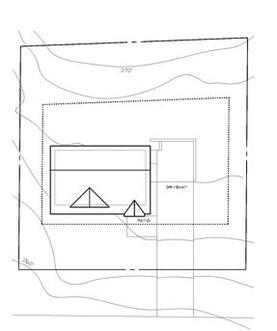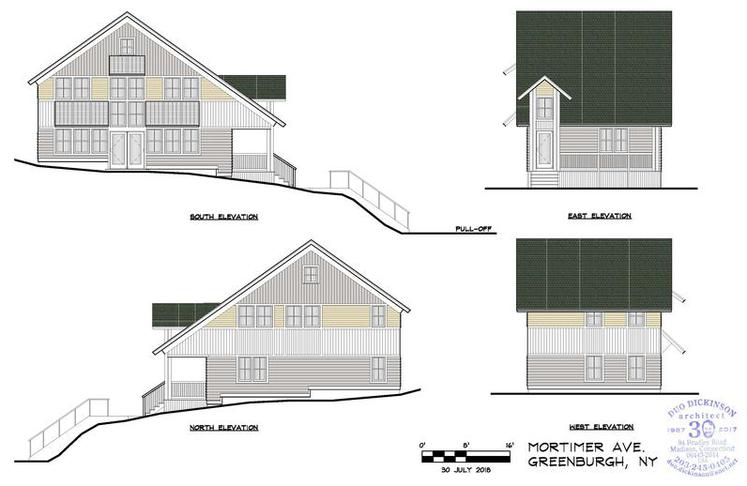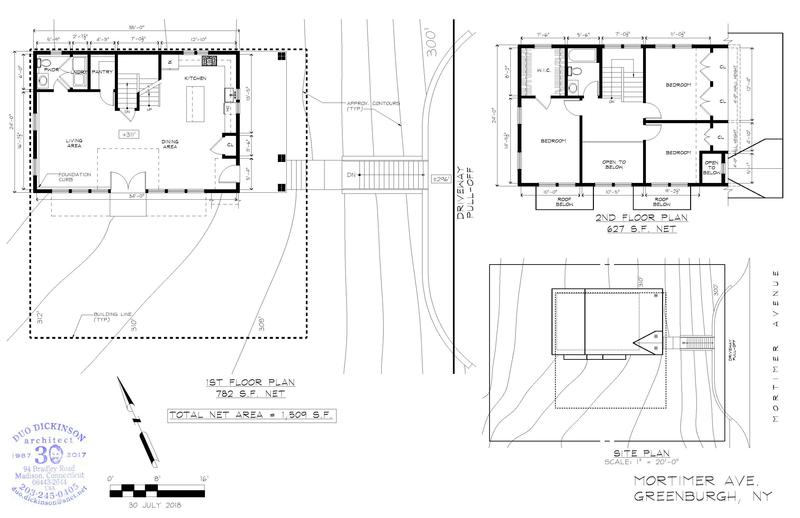PROJECTS
ORPHAN SITES
In the Mid-Century Central Westchester was carpet-bombed by homes on subdivisions.
Zoning tried to cope, defining sizes of lots, setbacks to their borders, how much land they could cover, even the amount of finished space you could build. But the County also facilitated the avability if infrastructure: water, septic, electricity, transportation, joined with massive road building to criss-cross vacant former farmland to create dense quilts of individual homes most built in the generation after World War 2.
But the ideas of planners respond to the developers who desperately want to create money by building homes, and neither paid full attention to the landscape. So in the gridding of a rolling, winding landscape some places were simply orphaned.
Too steep. Too rocky. No road. Forgotten.
Orphaned.
I was asked by The Housing Action Council to review 6 of those sites. three were simply unbuildable – for just the reasons cited, save the “forgotten” part. But three were there, abandoned and buildable. One could not easily get cars into it, but a pull off could be created.Another had slope, and could have a road extended, and could be created a some cost. The third was flat, on a street end, and could be handicapped accessible.
All are 3 bedroom, 1 1/2 bath, 1,500 sf, need no variances (save the pull-off parking) and all have passive solar potential. Each has a careful orientation and design integration with each site. The homes each have careful massing, thoughtful siding, and detailing and double height spaces. Their exteriors facilitate useful porches and their shapes and aesthetics are calculated to mesh with their neighborhoods but effect a presence in their contexts.
Sometimes leftovers taste much better than the the original meal: this time a place is given a second chance, and those finding their place can be at home.
UNDER CONSTRUCTION

